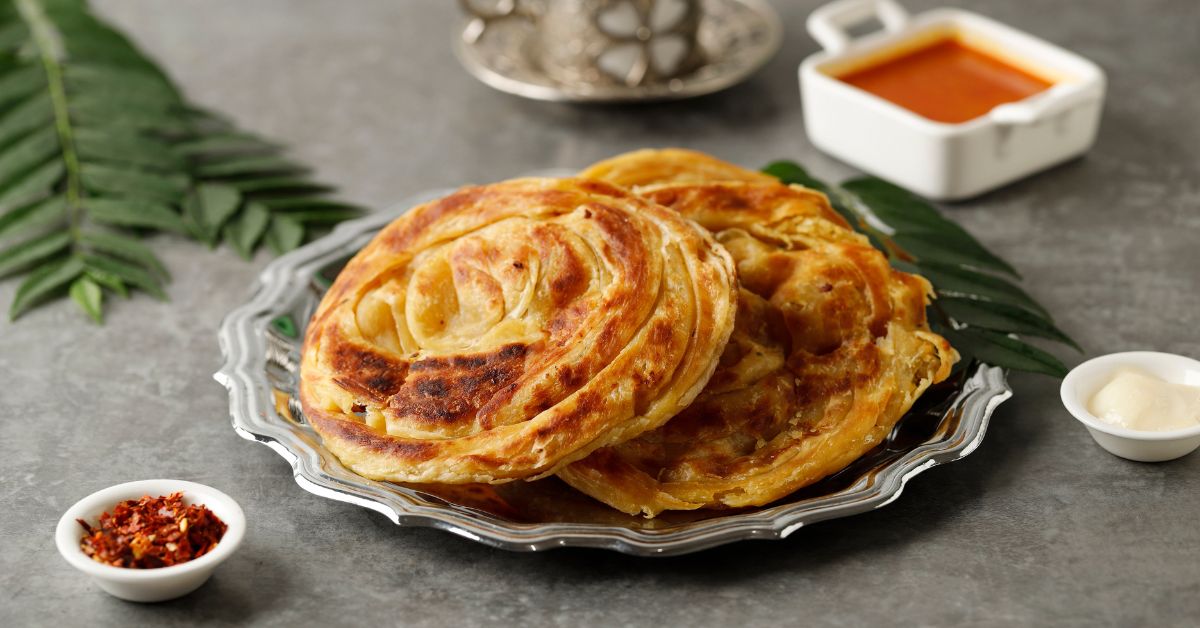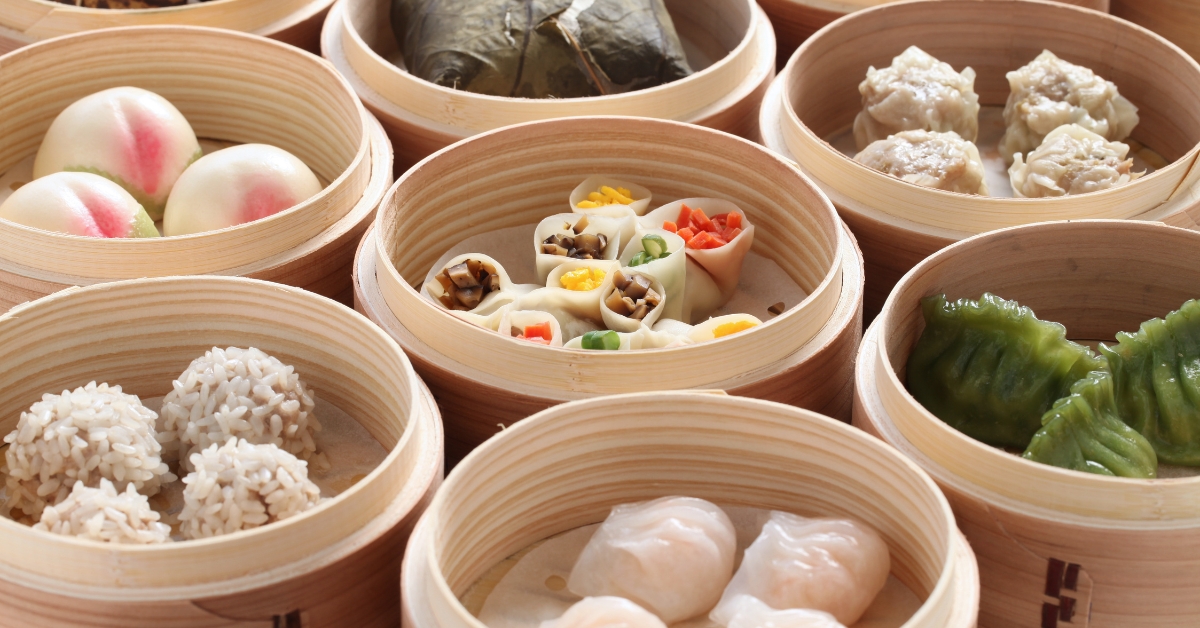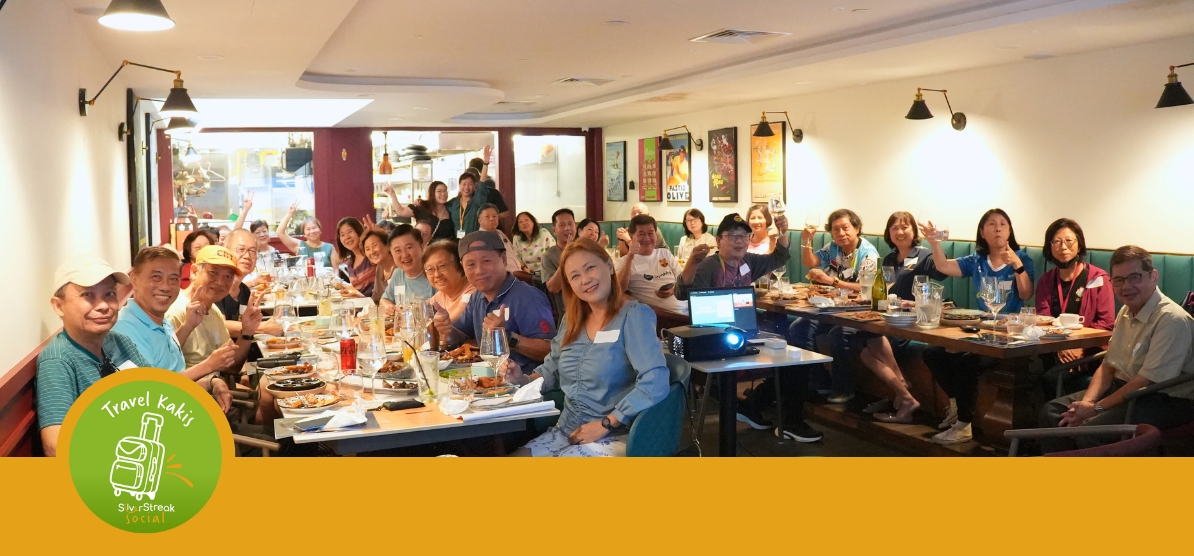
The recent Taste Atlas list of the World’s best breads really made my dough rise, but it got me thinking about a number of things…like lists.
Specifically, how lists, especially when they come accompanied by photos and a few facts really catch our attention.
There are many varieties of breads depicted in the Taste Atlas list and many countries covered.
However, on closer examination, there seemed to be many similarities and repetitions.
Paratha (India) was listed as no. 29. Singapore’s contribution was Roti Prata at No. 12. And the Number one bread was roti canai from Malaysia. (accurate as of press time)
Advertisement
While that was cause for celebration for our neighbours, I always thought they were the same.
Finally, something to lord over the southern rivals with.
Paratha means layered bread a compound word made up of “parat (layers)” and “atta”, a type of wholemeal flour.
Roti is bread in Sanskrit and Hindi as well as other Indian languages.
Taste Atlas claims that the “prata” from “roti prata” in Singapore means “flat” or “thin” in Malay, and thus the word roti prata is a combination of words in two languages.
“Rata” does mean “level” and also “flat”, but it is a stretch to add the “p”, and it does seem more logical that the “prata” here would be from paratha or parotta.
What’s In A Name?
For the longest time, I thought that “canai” was a corruption of “Chennai”, indicating the place where the bread originated from or was popularised.
Taste Atlas claims that this comes from “channa”, which is the chickpea curry which is often served with roti canai, and the Malay-English dictionary also cites “canai” as the Malay word for “knead”.
Though there have been a few food writers who have tried to distinguish roti canai from roti prata by their texture, the former being thinner, flakier and the latter thicker, chewier, the differences seem more to be related to the maker than mere names.
The essentials of flour, water and oil or ghee remain the same.
As with all recipes, the tweaks lie in the frills such as condensed milk or milk, and sugar, depending on personal preference, rather than the product itself.
Whilst Malaysians celebrated the rating with national pride and some Singaporeans questioned the difference, there does not appear to be the same uproar or food war on the claim to “national dishes” as with say, coconutty nasi lemak or pork rib soup (bak kut teh) or even chili crab.
Perhaps the mellowness of the collective response is due to both sides acknowledging that both these breads originated from India, being closest to the Malabar or Kerala paratha, and could not, hand on heart, really proclaim that they are totally 100% locally born whether in Malaysia or Singapore.
So how helpful are these lists?
They are fluid, as they are based on submitted ratings which are accepted, and roti canai has been featured as falling to number 2 in recent days.
As infographics, they give a quick glance on the diverse range of categories of eats available, from traditional dishes to specifics such as meatballs, cheeses, desserts to eating places, appealing to tourists and those who want to appear knowledgeable about world cuisines at a glance.
As for their reliability, who rates the rater and maker of such lists?
Every year, magazines such as Forbes, National Geographic, Travel and Leisure will compile their lists.
On the bandwagon are websites that decided to lists, such as www.theworlds50best.com, and websites about lists themselves, such as www.thetoptens.com/lists/.
So how active should we be?
From submitting information to sites who have lists, ranking the contents in lists or reading or glancing on them.
How do we establish the impartiality of these lists and treat them as reliable sources of information?
As with everything else on the internet, they can be a great starting point for information gathering.
After that, the checking and comparing process begins, as more than one site will have similar lists.
As for me, I find the availability of such information a boon, and once my curiosity is piqued, I will go deeper into the subject matter, and also create my own lists, wish and bucket lists, and hope to fulfil them, own time, own target.







